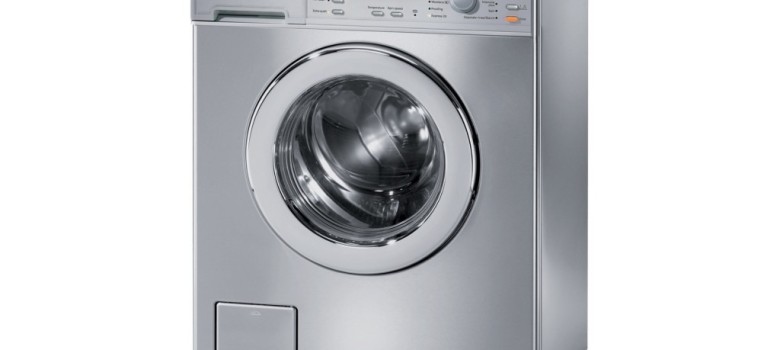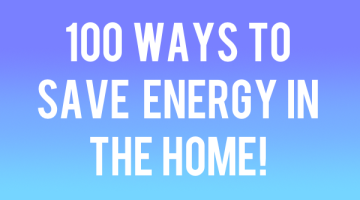
Washing machines are amazing. I honestly couldn’t imagine life without one – they are however quite costly to run. Aside from the initial purchase price, they require both electricity and water to run, and you also need to feed them detergent every time you put a wash on.
Electricity Usage – not just for spinning the drum!
So obviously the washing machine needs electricity to make the drum spin, but electricity is also used by washing machines to heat up water internally. I always assumed that washing machines would bring in hot water from your boiler directly (combi boiler) or from your hot water tank (regular & system boilers), but actually they are normally connected to the mains cold water feed. This cold water is then heated internally before it is used to wash the clothes – which is why cleaning your clothes on a lower temperature setting saves money on your electricity bill since you need to heat the water in the same way a kettle operates (normally gas is used to heat the hot water in your home).
Water Usage in Washing Machines
The average washing machine is used 274 times a year according to the Energy Saving Trust and it uses 10 litres of water for every kilogram of clothes it cleans on a standard 40-degree wash.
This means that a 5kg washer uses about of 50 litres. However water usage between different washing machines varies massively from about 6 – 13 litres per kg, which means that the amount of water you use per year can vary between 8220 and 17810 litres of water. The workings for these calculations are below.
Least – 6 litres / kg * 5 kg average wash * 274 washes = 8220 litres of water
Most – 13 litres / kg * 5 kg average wash * 274 washes = 17810 litres of water
Keeping your water usage down is only really a financial issue if you have a water meter installed, yet even in an unmetered property, using less water is good for the environment and more socially conscious, so choosing a washing machine that uses less water should be a priority.
Energy ratings for washing machines
Every washing machine available on the market today has an EU rating label attached to it. In the past the top rating was A, but in typical EU fashion they have since introduced A+, A++ and A+++ (another job well done EU!).
As such you want to make sure you get an A++ or A+++ rated washing machine, but unfortunately this doesn’t actually take into account how much water they use. This information should be fairly easy to find though, but just bare in mind that even if it has an A+++ rating, it may still use water like it is going out of fashion. So you need to combine the two bits of information to help you make an informed decision.
Additional Washing Machine Features
In terms of features to look for, normally washing machines will use the same amount of water regardless of the setting they are on, hence it is always worth filling the machine rather than doing half loads. More recent washing machines however do now tend to offer a half load cycle, where it uses half the amount of water, so worth bearing that in mind if you do a lot of small washes. There are even newer washing machines available now that weight the amount of washing and use the appropriate amount of water automatically further pushing their green credentials.
Spin speed is another thing to consider – the quicker the drum spins the more the motor needs to work and the more energy it will use, so if you are happy to take your clothes out of the washing machine and for them to be damp (since you dry them outside potentially), then you can pick the lowest spin speed.
The final thing to consider is the size of the drum, and you should make this decision based on the volume of items you need to clean. If you don’t even possess 7kg of clothing, then you certainly don’t need to stump up for a washing machine of that size.
Some final thoughts
[list_star]
- Washing machines make life really easy, but try to limit their use.
- Ideally you should use an A+++ rated washing machine that uses the least amount of water possible.
- You need to match the size of the machine to the amount of washing you are going to need to do, since on the whole running a full wash is better than running a half load (unless the washing machine has the half load functionality).
- Water is heated internally, therefore the lower the temperature setting the better in terms of energy usage – in fact most new washing detergents are designed to operate best at lower temperatures for this very reason.
[/list_star]












Water frugal machines sound great in theory. In reality they don’t wash clothes properly. I have to stand and fill my ‘eco’ machine with water from a hose pipe because if I just let the machine fill then stop, the clothes are just damp and come out as dirty as when they went in.So I end up having to wash again which is hardly green.